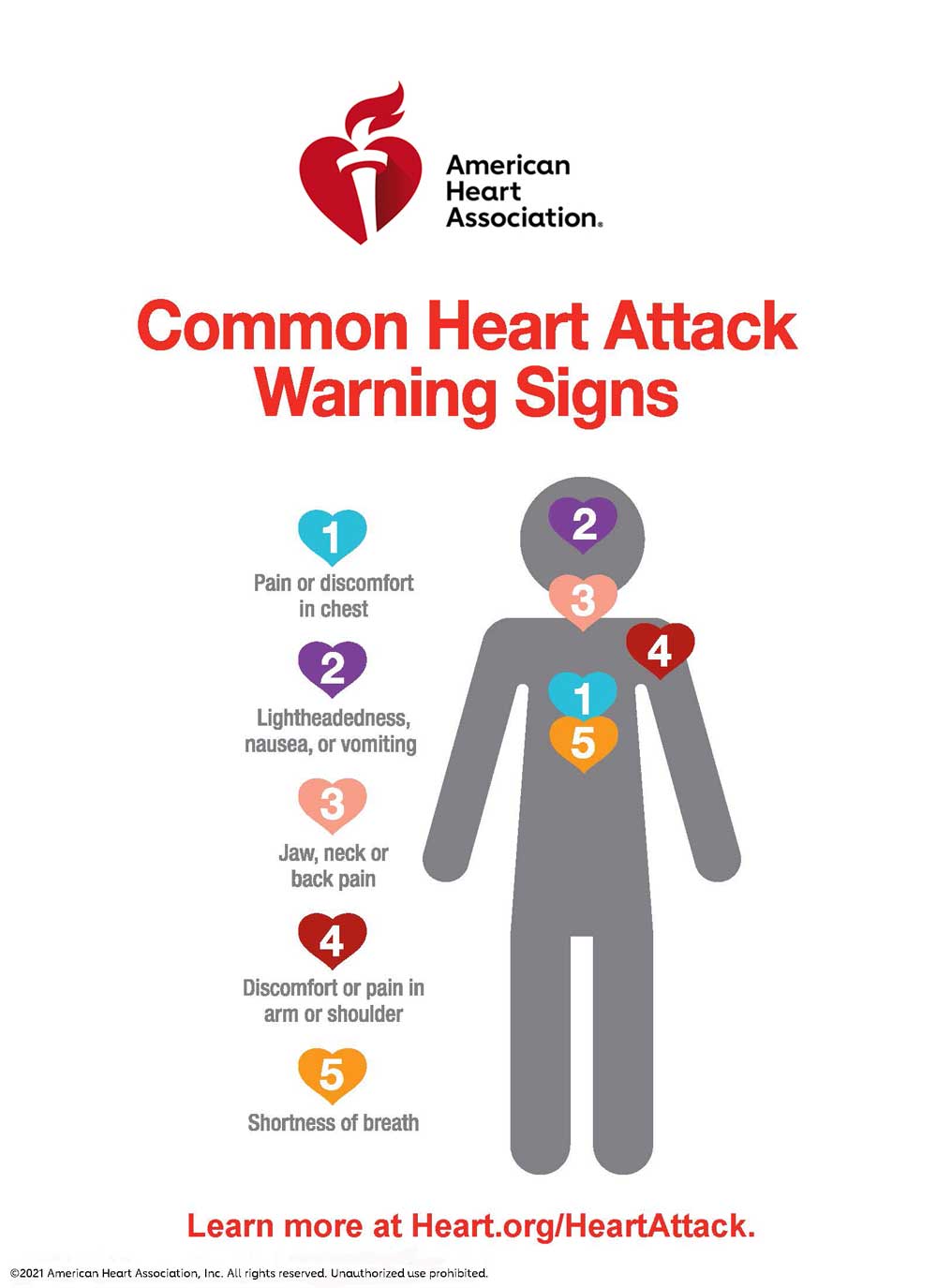A heart attack is a medical emergency in which the supply of blood to the heart is suddenly blocked, usually by a clot in one of the coronary arteries. This deprives the heart muscle of oxygen and other nutrients essential for its normal function. Heart attacks are responsible for a large number of deaths each year, both in developed countries and elsewhere. Early diagnosis and treatment of a heart attack can often prevent serious damage to the heart muscle and may even save the person’s life.
There are several different types of heart attacks. The most common type is called an ST-segment elevation myocardial infarction (STEMI), in which there is complete blockage of one or more coronary arteries. This leads to a large area of damaged heart muscle. Other types of heart attacks include non-ST-segment elevation myocardial infarctions (NSTEMIs) and unstable angina, both of which involve partial blockage of a coronary artery. NSTEMIs are less severe than STEMIs, but they can still lead to significant damage to the heart muscle if not treated promptly. Unstable angina is chest pain that occurs when the blood supply to theheart muscle is reduced, but not completely blocked. It can be a warning sign that a full-blown STEMI may occur soon unless action is taken to improve blood flow to the heart muscle.
The main symptom of a heart attack is chest pain or discomfort that may radiate into the neck, jaw, arms, back or stomach. The pain may be described as crushing or squeezing; it may be severe enough to cause sweating, shortness of breath or nausea. Some people have no chest pain at all during theirheart attack; instead they experience other symptoms such as abdominal pain, dizziness or fainting spells. If you think you might be having a heart attack, it is important to seek medical help immediately so that treatment can be started as soon as possible.
There are several risk factors for developing cardiovascular disease, which includes all diseases affecting the Heart Attack including: high cholesterol levels; high blood pressure; diabetes mellitus; smoking; family history of cardiovascular disease; obesity; lackof physical activity; advancing age (men over 45 years old and women over 55 years old are at increased risk). While some risk factors cannot be changed (eFamily history), otherscanbe modified by lifestyle changes such as eatinga healthy dietand exercisingregularlyto help reduce your chancesof developingcardiovascular diseaseand havinga Heart Attack . If you already have cardiovascular diseasethereare treatmentsavailablethat can helpreduce your chancesof havinga Heart Attack . These include: taking medications prescribed by your doctor(s); making lifestyle changes such assmokingcessation , eatingsensiblemeals , exercises ; and/or having catheterization with stentingor coronary artery bypass surgeryif necessary .


